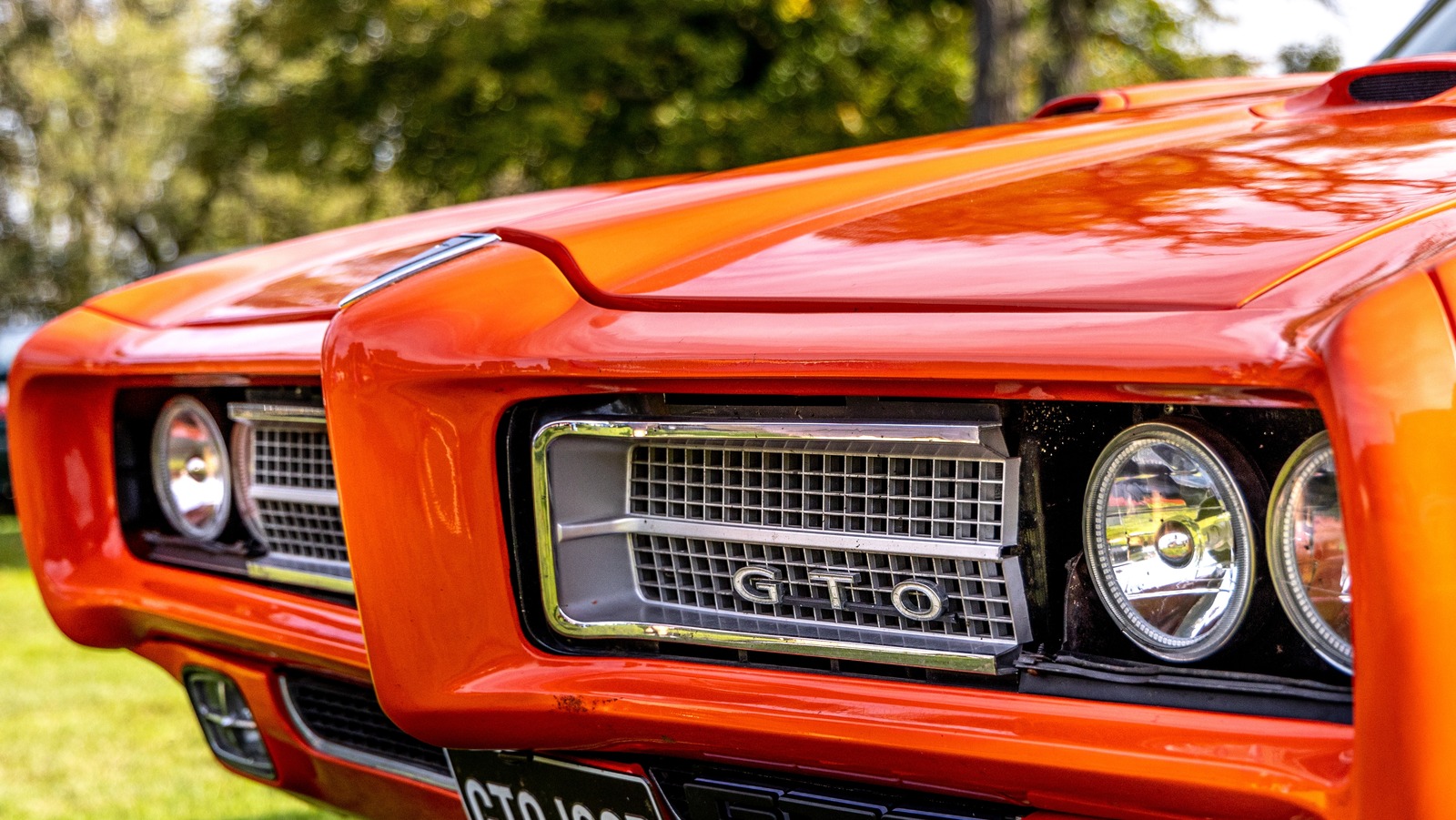
If you’re familiar with Italian racing outfits from the 1960s, it probably wasn’t hard to guess that the vehicle Pontiac borrowed the GTO designation from was indeed Ferrari’s 250 GTO racer. Enzo Ferrari is widely credited with conjuring the GTO name in the early ’60s, when he and his design team sought to apply it to a line of street-ready vehicles that were also approved for use in certain racing events, hence the inclusion of the word “omolgato,” which translates to “approved” in English.
Of course, in English, the word “homologated” should also stand in for omolgato, as it’s the term most frequently used for road-ready racers in the North American market. As for Ferrari’s 250 GTO, once they started burning up the roadways and raceways of Europe, they instantly became some of the most sought-after vehicles in existence. However, Ferrari had no intention of mass-producing the vehicles. In fact, the company only manufactured 36 cars in the 250 GTO family between 1962 and 1964, and those units were selling for about $18,500 in the ’60s (roughly $189,000 today).
Given their cost and scarcity, few U.S. drivers could actually get their hands on a 250 GTO. Recognizing that market potential, Pontiac set about designing and delivering their own GTO build, which hit the scene bearing a far more buyer-friendly price tag that ranged between $2,500 and $2,800 depending on the trim package. While Pontiac GTOs are likely to cost a pretty penny on resale these days, the super-rare Ferrari 250 GTOs are even more sought after, and have been known to fetch close to $50 million at auction.




